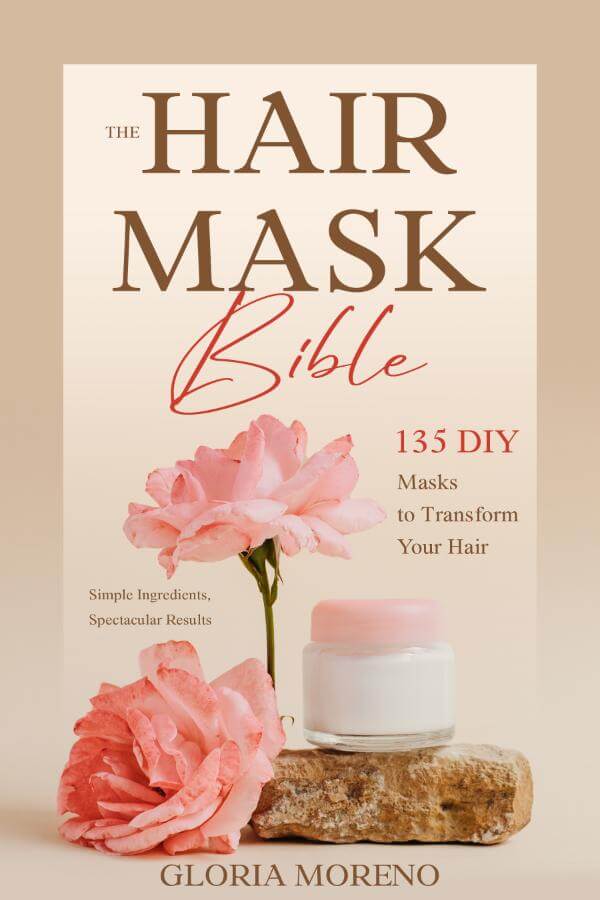
Here, I’m going to discuss five things you need to know before buying a pair of boots.
Let’s start with item number one.
Welt
The welt is the first thing you need to know. The term “welt” describes the connection between the upper and the sole.
Long-term results are significantly impacted by the type of welt you get in your boot.
You can purchase a less expensive boot that may have a cemented sole because that is a lot simpler and quicker manufacturing method. Or you can go for a hand-done welt, which will cost a lot of money because it requires a lot of labor.
Alternately, you might choose a Goodyear welt or a split welt, which are both in the middle. Although it is pretty water resistant, it is not waterproof. There are waterproof boots available, and occasionally they are cemented.
Numerous welt styles, numerous boot construction techniques exist, but one of the most important questions is: do you want something waterproof?
Many men who work on construction sites desire waterproof gear. You would want footwear with a cemented sole in that situation. Just make sure it says it’s waterproof. Cemented soles are not always waterproof.
A classic illustration of a waterproof boot with a cemented sole is the Timberland Six-Inch Classic Wheat New Buck Work Boot.
Or you could choose a somewhat more traditional route. A Goodyear welt is one of the more well-known ways for creating boots. This boot-making method is recognized for its great quality and elegance.
One of the major advantages of having a Goodyear welt is that a cobbler can remove the worn-out sole and heel and then create a new one to replace it, thus making your boots as good as new.
Less frequently, upper leather degrades. In most boots, the sole is actually the part that ages first.
You can therefore replace it by removing it. You can spend more money on a more expensive pair of boots and simply keep remaking the soles over time.
With a Goodyear welt, it can be replaced rather simply.
Another type of welt is the Blake stitch. There is stitching all around the sole, and that particular type of welt is significantly lighter and more streamlined than others. Compared to a Goodyear welt, it is less water resistant.
Blake stitch welts are rarely seen on anything other than a dressy boot. They are commonly utilized in this manner, although they can also be re-crafted. If you wear these shoes so much that the sole becomes worn out, you may always get a new sole put on them if that is something you would like to do.
If you want something waterproof, that is the most crucial factor to consider when choosing a welt for your boots. Maybe you want it cemented then.
If you want something that can be repaired, you should invest in a pair of boots with great-quality leather on the uppers so that, as time passes and the sole begins to wear out, you can have it repaired. You should look for a Goodyear welt or a Blake stitched welt.
Insole
The second thing you should be aware of is the insole.
The insole of some boots may be a thick piece of leather, while the midsole may be entirely constructed of cork. So, this insole is entirely natural. The materials in these boots are all natural.
On the other hand, some boots contain a fiberboard midsole inside of them with a removable poron insole.
What is the real difference between the two?
Those with plush poron insoles are significantly cozier. However, boots made of leather and cork will last a lot longer. They will also be much more durable.
Your foot will sink much further into that bed the more you walk in them, making it much more comfortable.
It goes beyond the surface level, though. The midsole should also be taken into account. What’s inside the middle of the sole might not seem like a big deal to you, but whether the shank is made of steel or fiberglass can significantly affect how well your boots support your arch.
Regardless of whether they have a shank or not, boots generally provide great arch support. It’s not essential to have a shank if your arches are quite regular. However, having a steel shank is a pretty crucial factor for arch support if you do have flat feet.
Overall, I prefer to have an insole made of natural materials like leather and cork that will last over time. I choose these over synthetic insoles.
Boot Sizes
The third thing you should be aware of, and this may seem obvious, is the fit.
Most boot brands, including Redwing, Wolverine, Thursday, Grant Stone, and Taft, run about a half size larger than sneakers when it comes to size. Therefore, if you wear a size 11 in sneakers, you should wear a size 10.5 in the majority of boots.
But you should definitely read through all of a boot’s reviews because you’ll find some differences there.
If your feet aren’t average, you should kind of crowdsource information; you should then read all the different reviews to find out what individuals are saying. You should take note of such things since you might want to buy your true sneaker size to give yourself room to add an insole.
But generally, I start half a size smaller than my sneakers and work my way up, reading reviews along the way to read whether I need to adjust.
In reality, fitting services are available at stores like Red Wing. A machine measures your foot when you stand on it and displays a little heat map. That is pretty awesome.
You can visit a shoe store where they have those metal instruments that measure your foot’s width and length if you want to find out your true brand sizing. You may find out your size and compare it to the boot brand you’re considering.
They’ll also know how well that boot compares to your brand X score.
Quality of Leather
The leather is the fourth thing you should know before buying a pair of boots.
In order to maintain their longevity and keep them looking as good as new for as long as possible, various varieties of leather need specific kinds of conditioners.
I have the Red Wing Iron Ranger, this is their amber harness leather. Caring for this leather is quite simple. All you need are some simple items.
The Thursday Diplomat boots, meanwhile, are made of tough ordinary leather. It will need a somewhat different kind of care.
You may actually learn what kind of leather you are purchasing. Look into how to care for blank boots to get a good idea of how to take the best possible care of this leather so that it will continue to look great in three to four years.
It’s crucial to consider the leather’s thickness as well. If a boot has 1.5 millimeter thick leather, you already know it won’t be very good at keeping the cold out or at keeping water out. It is much easier to become waterlogged.
Really affordable boots are made by the Jim Green brand. It is pretty thick because it is made of 2.2 millimeter full grain leather. Additionally, the leather lining measures 1.6 millimeters thick. Overall, that is a fairly thick piece of leather.
Make sure there is a great thick piece of leather between you and the outside world. It will take some time to break in, but once you do, the experience will be highly gratifying.
Thickness of the Heel Cap
The thickness of the top lift or heel cap is the fifth thing you should think about when buying a pair of boots.
The heel is always the first thing to wear out on me, thus this is more specific to me. This might play a different factor for you.
I want you to consider the location on your boots or shoes where the wear tends to occur most quickly.
For me, the heel has always been the major source of concern. For whatever reason, when I walk, it just scrapes down, slants, and looks strange.
Therefore, I always measure the top lift’s thickness.
For instance, the rubber on a pair of my boots extends 8 millimeters before it touches the leather. That implies that once this rubber begins to deteriorate, it might not look appealing. But as soon as it bites into that leather, then it’s going to be challenging, needing a cobbler to resole.
Therefore for number five, it’s a little bit of the X factor.
It’s not necessary to understand the heel cap, but you should be aware of the problem region that boots and shoes have on your feet and account for it.
Anything with a thickness of 4 millimeters or more will be a fairly safe choice for a top lift.



